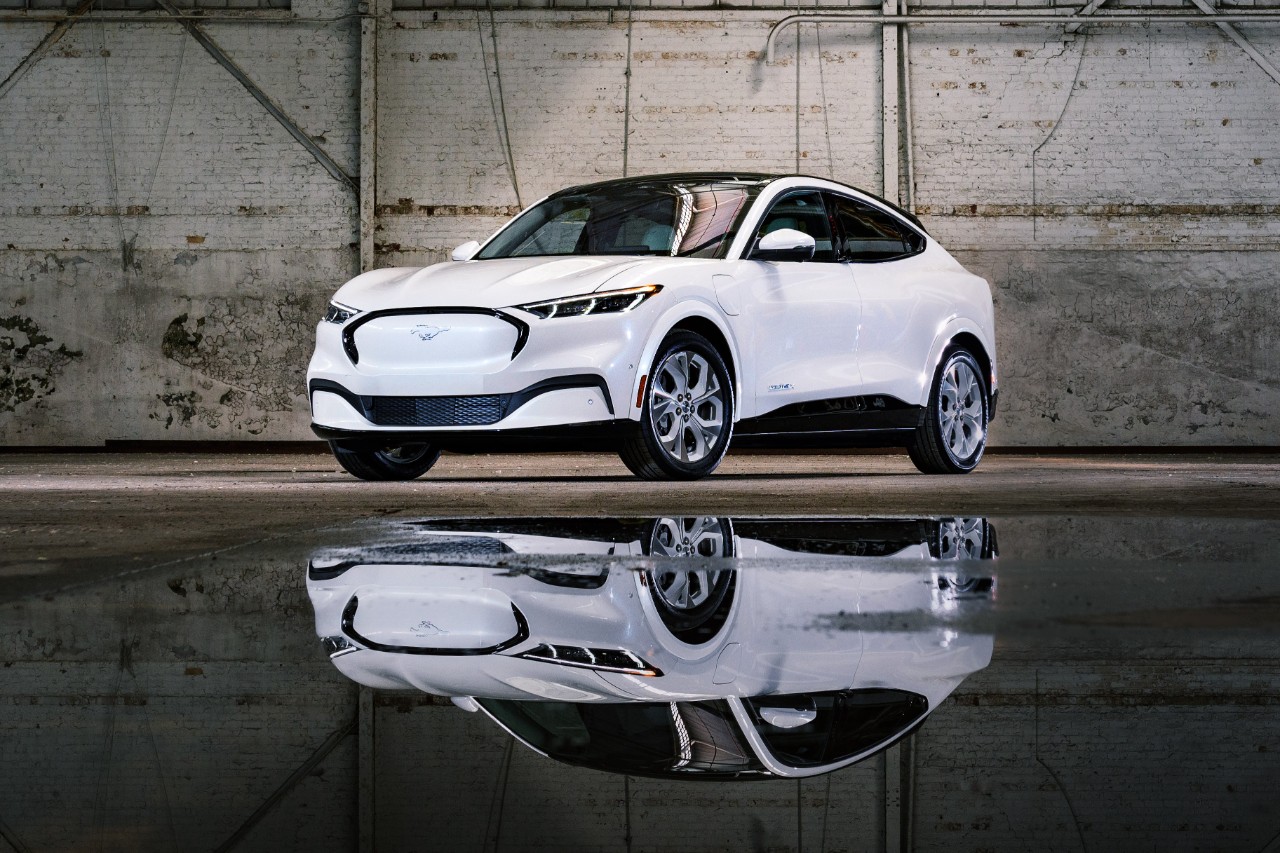Ford Motor Company (F 1.45%) said that its U.S. sales rose 5% in November, a good result aided by a quirk of the calendar and strong demand over the Black Friday weekend.
The key numbers
| Metric | Total Sold | Change (YOY) |
|---|---|---|
| Total sales | 197,574 | 5.2% |
| Retail sales | 154,114 | 10% |
| Fleet sales | 43,460 | (9%) |
| Ford brand sales | 188,145 | 4.6% |
| Ford cars | 40,039 | (12.9%) |
| Ford trucks | 88,027 | 4.9% |
| Ford SUVs | 60,079 | 20.2% |
| Lincoln brand sales | 9,429 | 19.1% |
| Lincoln cars | 4,049 | 42.3% |
| Lincoln SUVs | 5,380 | 6.1% |
Data source: Ford Motor Company.
About that quirk of the calendar: Last month had two more selling days than did November 2015, making for an especially favorable year-over-year comparison. "Selling days" exclude Sundays and other days when new-car dealers are typically closed.

Ford's new-for-2017 Super Duty pickups are off to a strong and profitable start. Image source: Ford Motor Company.
What worked (and what didn't) for Ford in the U.S. last month
After a rough October, the Blue Oval fared much better in November, with strong results for three of Ford's biggest profit drivers: Pickups, SUVs, and the Lincoln luxury brand.
Pickups: Sales of the F-Series pickup line, the most important single driver of Ford's profits, rose 10.6% to 72,089 on strong demand for the all-new 2017 Super Duty models. That outpaced both Fiat Chrysler Automobiles' (FCAU +0.00%) Ram pickup line (up 8%) and General Motors' (GM 0.12%) Chevrolet Silverado and GMC Sierra siblings (up a combined 4.3%).
Ford's U.S. sales chief, Mark LaNeve, said on Thursday that 71% of Super Duty sales in November were of higher-trim (Lariat and above) and higher-profit models. As it did when launching the then-new 2015 F-150, Ford has prioritized retail orders for high-specification trucks to maximize profitability while it works to build inventories.
Better yet for Ford shareholders, that sales gain wasn't driven by incentives. Ford's incentives on the F-Series averaged $4,467 per truck last month, according to J.D. Power figures made available to The Motley Fool. That's significantly lower than the payouts made by GM ($5,753) and FCA ($6,062) on their full-size trucks last month, and unchanged from October.
SUVs: As a group, sales of Ford-brand SUVs rose 20.2% last month. The Escape (up 10.6%), Edge (up 32.2%), Explorer (up 13.9%), and big Expedition (up 74.6%) all posted solid gains. LaNeve said that the group's gains were entirely driven by profitable retail sales, and that the group's sales pace is running close to Ford's all-time record levels of SUV sales, which was set in 2001.

Sales of the midsize Lincoln MKX crossover continued to be very strong last month. Image source: Ford Motor Company.
Lincoln: The brand's sales jumped 19%, far outpacing gains for the premium segment as a whole. The brand's biggest star may be the all-new Continental sedan, with 1,419 sold last month -- nearly triple the year-ago sales of its predecessor, the now-departed MKS. Sales of the brand's three highest-volume products were all up: the midsize MKZ sedan (up 9.3%), the compact MKC crossover SUV (up 14.4%) and the midsize MKX SUV (up 30.2%).
LaNeve said that Lincoln's average transaction price was up about $1,600 from a year ago, versus a roughly $300 gain for the premium segment overall.
Analysis: Up-and-down months are typical late in the auto-sales cycle
The good news is that Ford's year-over-year gain kept pace with most of its five largest rivals -- only GM had a better month.
| Company | November 2016 Sales | Change (YOY) | 2016 Year-to-Date Sales | Change (YOY) |
|---|---|---|---|---|
| General Motors | 252,644 | 10.2% | 2,723,667 | (2.5%) |
| Ford | 197,574 | 5.2% | 2.374,843 | 0% |
| Toyota | 197,645 | 4.3% | 2,206,359 | (2.4%) |
| FCA | 160,827 | (14%) | 2,051,796 | 1% |
| Honda | 122,924 | 6.5% | 1,477,465 | 2.9% |
| Nissan | 115,136 | 7.5% | 1,411,680 | 4.9% |
Data sources: The automakers. Year-to-date sales are through Nov. 30, 2016.
Better yet, the mix of sales was a good one, with Ford's retail sales up 10% while its fleet sales were down 9%. (The fleet drop was expected: Ford's deliveries to rental-car fleets were front-loaded in 2016, meaning that most of them happened early in the year.)
It's a big change from the dismal results that the Blue Oval posted in October. But investors should take both results with a grain of salt. While new-vehicle sales in the U.S. are still at extremely strong levels, auto sales are cyclical -- and the peak of this cycle was probably late in 2015.
Up-and-down months are typical at this stage of the cycle, as automakers use incentives and other tools to try to generate incremental growth in a market that's roughly flat overall.
Long story short: It was a good month for Ford in ways that bode well for its fourth-quarter profit. But investors shouldn't get too excited about either up or down months at this stage in the cycle. The thing to watch is Ford's incentive spending -- and the good news for profitability is that it's still relatively modest right now.










